Rare Rides: A Tale of Fisker Karma (Part I)

To my recollection, we’ve only had one EV-type vehicle thus far in the Rare Rides series, and it was Toyota’s ill-fated and corporately sabotaged RAV4 EV. That changes today, with another plug-in vehicle that crashed and burned.
Today’s Rare Rides is the first installment in a three-part trilogy of the life and times of the Fisker Karma.
The Fisker company was established in 2007, and spent the first few years of its life modifying BMW and Mercedes-Benz vehicles. Interiors, body kits, and engine modifications were the extent of its purview. But the company had bigger ideas in mind, and all the while had been working on a brand new hybrid to supplement its BMW leather kit income.
The first reveal of the Karma came at the North American International Auto Show in 2008. Audiences learned that the Karma was a plug-in hybrid vehicle in the same vein as Honda’s present-day Clarity plug-in. A 2.0-liter GM-sourced Ecotec engine producing 260 horsepower was found under its hood, and the Karma boasted electric motors at the rear wheels that each produced 161 horsepower. Between the engine and electric motors were battery packs. Manufactured by A123 Systems, the 20.1 kilowatt-hour battery was mounted right down the spine of the vehicle. All this equipment meant the Karma was a four-seat-only vehicle. No room for a luxurious bench in the rear.
Running on battery mode would allow the Karma a 32-mile range. At that point, or when the owner put the vehicle in Sport mode, the Ecotec engine fired up and supplied 260 horsepower to a generator. In turn, the generator sent power directly to the electric motors. In the Karma’s arrangement, the Ecotec engine was disconnected entirely from the wheels. Only the twin electric motors actively propelled the vehicle.
Using the gasoline engine extended the overall range to 230 miles, as the engine also charged the battery when it was running. Providing accessory power only, solar panels mounted on the roof aided overall range by reducing main battery strain on sunny days. Owners could also plug the Karma into the wall at charge points, adding to the versatility.
The Karma sounded very promising, and consumers lined up to spend between $102,000 and $116,000 on a range of three trims, prior to any options. Suitably, the three trims were called EcoStandard, EcoSport, and EcoChic — the latter of which did not contain any animal byproducts. Deliveries to consumers began in July of 2011, and buyers were eager to take up driving their new luxury sports ecomobile.
In Part II, we’ll see what those well-heeled customers found after taking delivery.
[Images: seller]

Interested in lots of cars and their various historical contexts. Started writing articles for TTAC in late 2016, when my first posts were QOTDs. From there I started a few new series like Rare Rides, Buy/Drive/Burn, Abandoned History, and most recently Rare Rides Icons. Operating from a home base in Cincinnati, Ohio, a relative auto journalist dead zone. Many of my articles are prompted by something I'll see on social media that sparks my interest and causes me to research. Finding articles and information from the early days of the internet and beyond that covers the little details lost to time: trim packages, color and wheel choices, interior fabrics. Beyond those, I'm fascinated by automotive industry experiments, both failures and successes. Lately I've taken an interest in AI, and generating "what if" type images for car models long dead. Reincarnating a modern Toyota Paseo, Lincoln Mark IX, or Isuzu Trooper through a text prompt is fun. Fun to post them on Twitter too, and watch people overreact. To that end, the social media I use most is Twitter, @CoreyLewis86. I also contribute pieces for Forbes Wheels and Forbes Home.
More by Corey Lewis
Latest Car Reviews
Read moreLatest Product Reviews
Read moreRecent Comments
- 28-Cars-Later "Farley expressed his belief that Ford would figure things out in the next few years."Ford death watch starts now.
- JMII My wife's next car will be an EV. As long as it costs under $42k that is totally within our budget. The average cost of a new ICE car is... (checks interwebs) = $47k. So EVs are already in the "affordable" range for today's new car buyers.We already have two other ICE vehicles one of which has a 6.2l V8 with a manual. This way we can have our cake and eat it too. If your a one vehicle household I can see why an EV, no matter the cost, may not work in that situation. But if you have two vehicles one can easily be an EV.My brother has an EV (Tesla Model Y) along with two ICE Porsche's (one is a dedicated track car) and his high school age daughters share an EV (Bolt). I fully assume his daughters will never drive an ICE vehicle. Just like they have never watched anything but HiDef TV, never used a land-line, nor been without an iPad. To them the concept of an ICE power vehicle is complete ridiculous - you mean you have to STOP driving to put some gas in and then PAY for it!!! Why? the car should already charged and the cost is covered by just paying the monthly electric bill.So the way I see it the EV problem will solve itself, once all the boomers die off. Myself as part of Gen X / MTV Generation will have drive a mix of EV and ICE.
- 28-Cars-Later [Model year is 2010] "and mileage is 144,000"Why not ask $25,000? Oh too cheap, how about $50,000?Wait... the circus is missing one clown, please report to wardrobe. 2010 AUDI A3 AWD 4D HATCHBACK PREMIUM PLUS
- 28-Cars-Later So Honda are you serious again or will the lame continue?
- Fred I had a 2009 S-line mine was chipped but otherwise stock. I still say it was the best "new" car I ever had. I wanted to get the new A3, but it was too expensive, didn't come with a hatch and no manual.





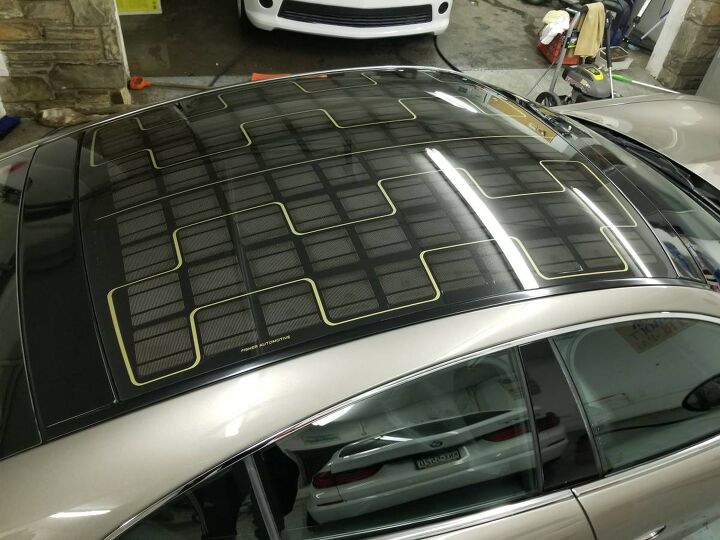















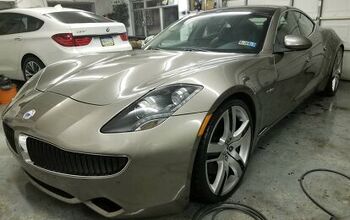
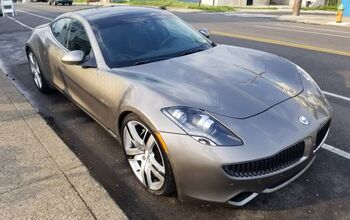
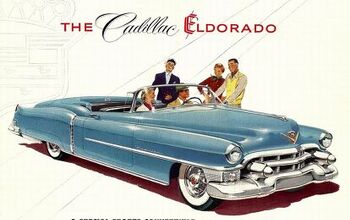

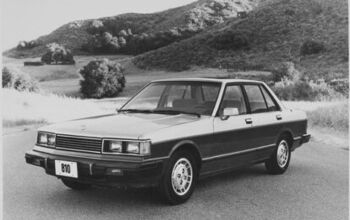










Comments
Join the conversation
I liked the exhaust smoke entering the cabin.
Too bad the photos were taken at "standing level" instead of "belt level". Thanks, Corey. Looking forward to parts 2 and 3.